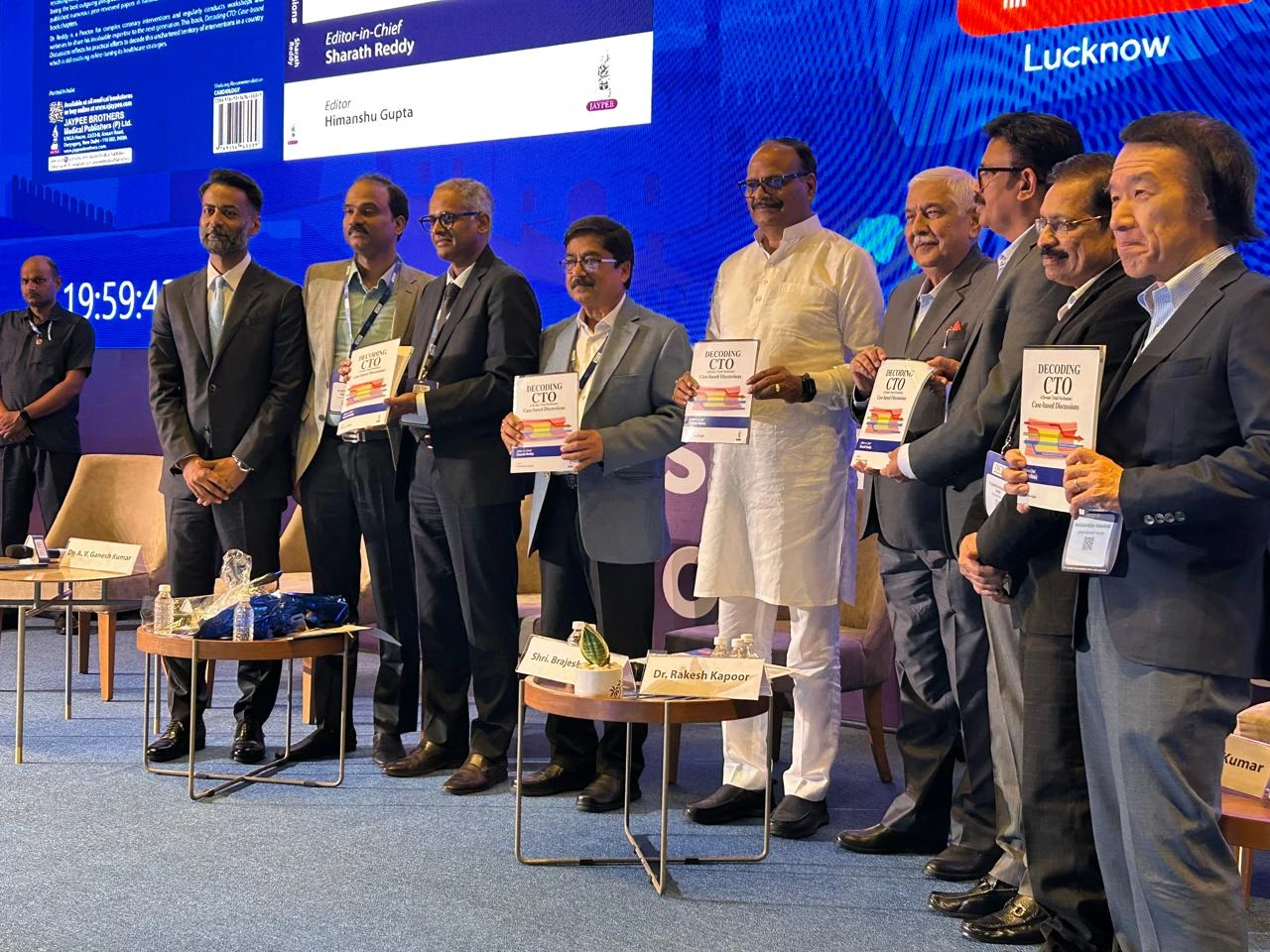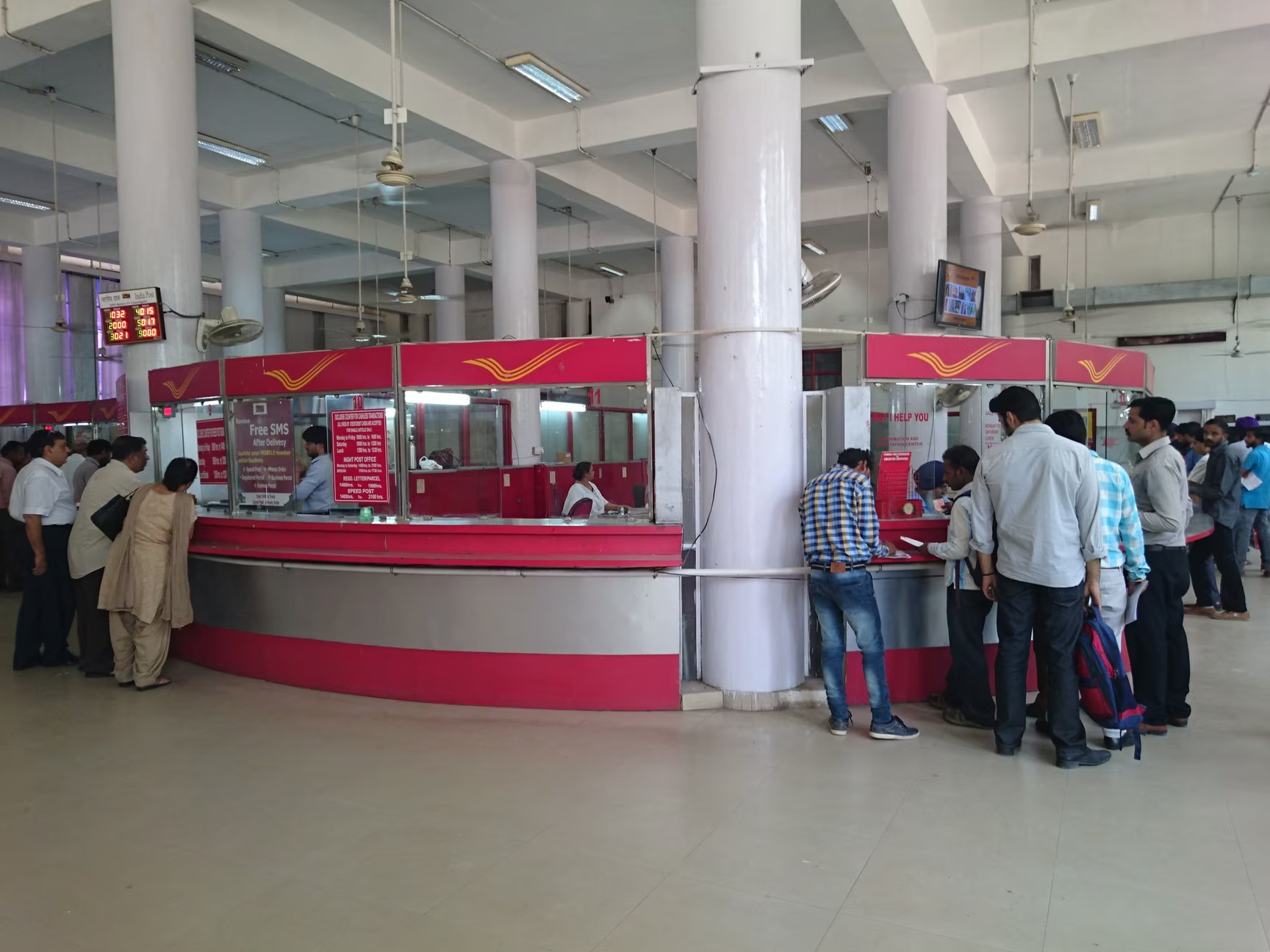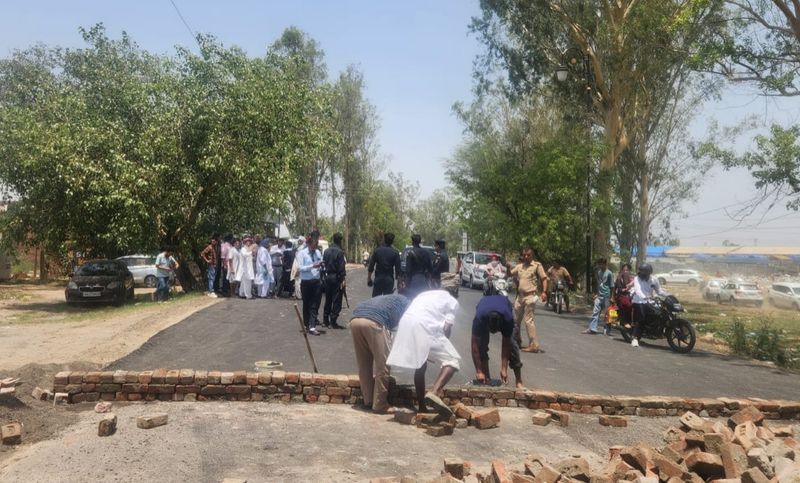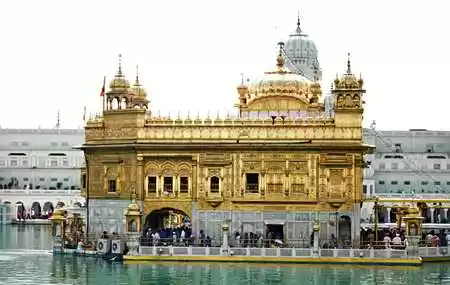
PGI Cardiologist Launches Book on Complex CTO Intervention Techniques at Indo-Japanese Meet
Chandigarh, June 11, 2025
At the recently concluded Indo-Japanese CTO Club Meeting held in Lucknow from May 30 to June 1, Prof. Himanshu Gupta from the Department of Cardiology, PGIMER Chandigarh, released a significant academic contribution to the field of interventional cardiology — a book titled “Decoding CTO (Chronic Total Occlusion): Case-Based Discussion”.
Co-authored by Dr. Sharath Reddy of Medicover Hospitals, Hyderabad, the book was officially unveiled by Dr. Brajesh Pathak, Deputy Chief Minister of Uttar Pradesh, in the esteemed presence of renowned cardiologists from both India and Japan.
The book offers an in-depth, case-based exploration of various advanced techniques used in treating Chronic Total Occlusion (CTO) — one of the most complex and challenging procedures in cardiac interventions. It covers critical strategies such as the Antegrade approach, Retrograde approach, and Dissection Re-entry techniques, among others.
Read Also: PGIMER’s training affects pleasure in healthcare practice
Opening CTO blockages demands a high level of expertise, advanced equipment, and refined procedural judgment. With its practical, case-oriented format, the book aims to serve as a valuable reference for cardiologists, particularly those engaged in interventional cardiology and complex coronary procedures.
The release of this book marks an important milestone in bridging clinical knowledge with real-world case applications, reinforcing Indo-Japanese collaboration in the field of cardiovascular care and education.















